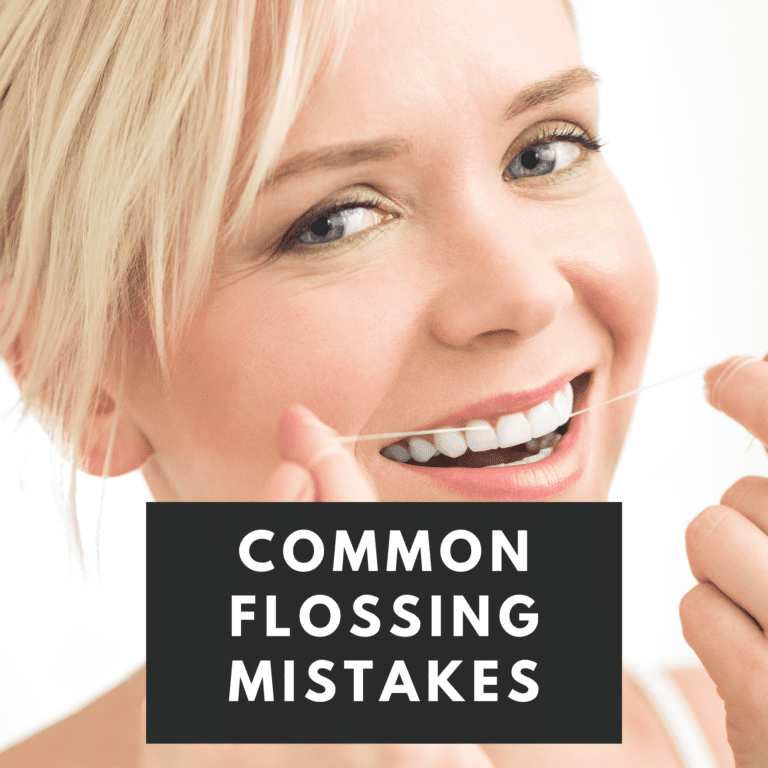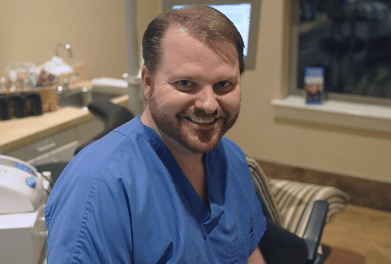In addition to brushing your teeth twice a day, the American Dental Association also recommends flossing daily to prevent tooth decay and gum disease. Flossing is especially important because it removes plaque from places often missed while brushing. Although brushing your teeth cleans about 60% of your tooth’s surface, the other 40% is cleaned through flossing. Specifically, flossing helps to remove plaque from between the teeth and along the gum line. However, to get the most out of your flossing routine, it is important to avoid making these common mistakes:
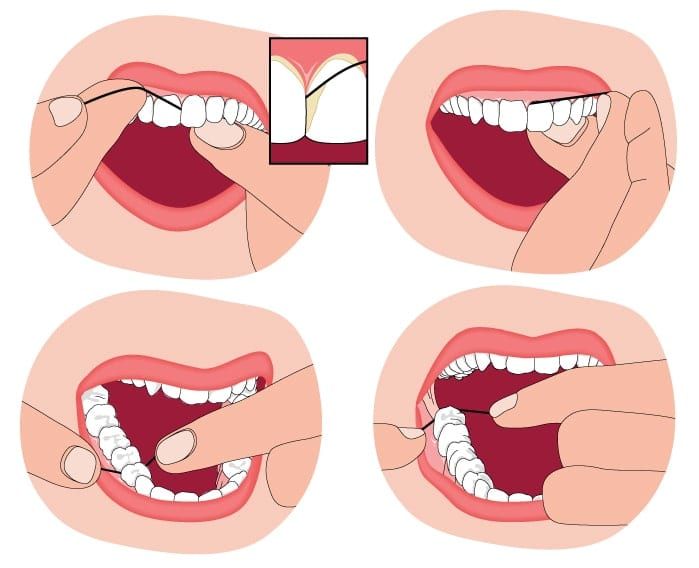
Missing Places
There are a few common places that dentist’s notice their patients neglecting when they floss. One of the most common neglected areas are the backs of the last molars, since many people assume they don’t need to floss that far back. Another extremely common neglected area are the sides of the teeth. While flossing, you will need to be sure to floss between every tooth, as well as on the sides and behind the rear molars.
Forgetting to Floss
Many people tend to skip their daily flossing routine for numerous reasons, one being that they forget. In fact, US News notes that only 30% of Americans actually floss daily. The rest either floss less than daily or not at all. Unfortunately, not flossing regularly means that there are parts of your teeth that are habitually not cleaned properly. This causes plaque buildup, which increases the risk of complications like tooth decay and gum disease.
Flossing at the Wrong Time
Although flossing at any time is preferential to not flossing at all, there is still an ideal time to floss in order to get the most benefit from flossing. In fact, the best time to floss is after you brush your teeth and just before bedtime. Flossing before you brush allows you to remove plaque from between your teeth so that the fluoride from your toothpaste can get in between the teeth easier. The reason you should do this before bedtime is that saliva production slows down overnight, which increases the damage done to your teeth by bacteria. Managing the amount of bacteria in your mouth helps to decrease the risk of developing a dental cavity.
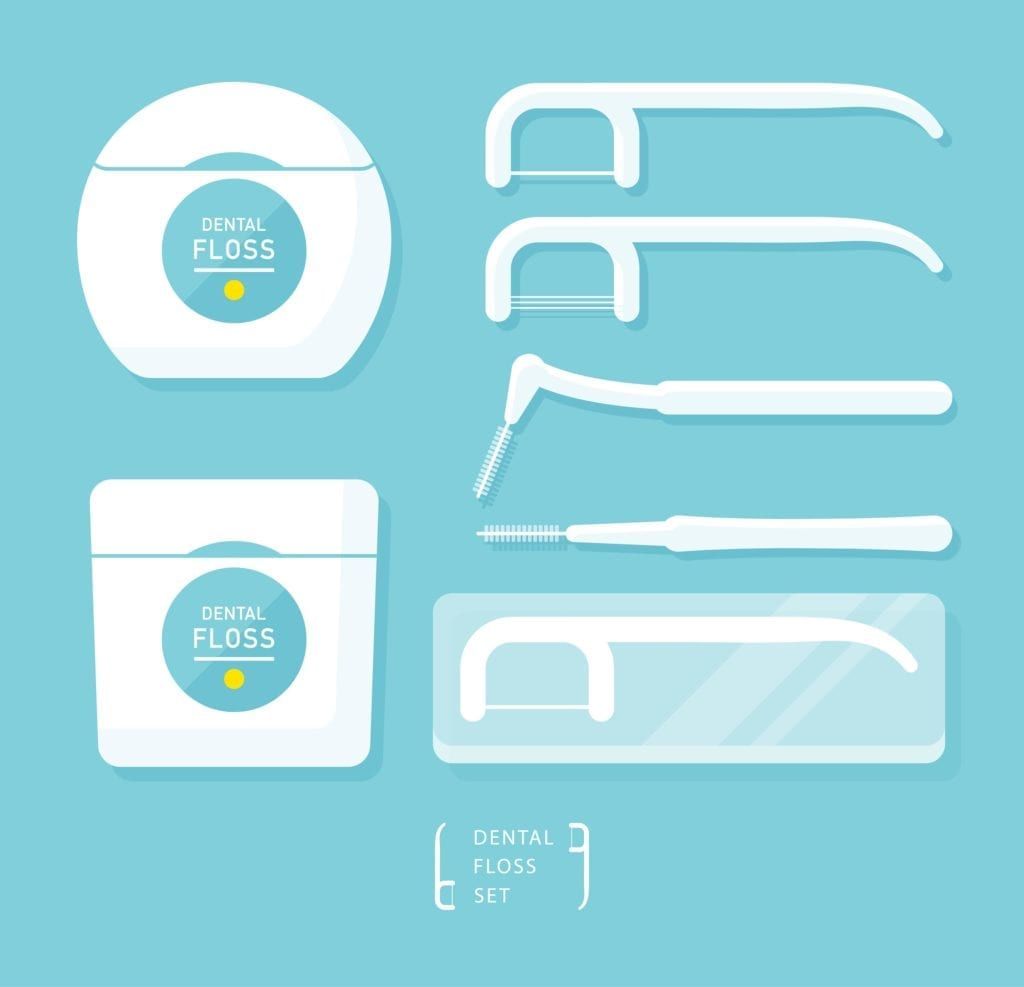
Not Using the Right Type of Floss
Many people don’t realize that there are more than one type of dental floss. In fact, the variety of dental floss allows you to find a type of floss that works best for your needs. By using the correct type of floss, it will make your life easier and increase the effectiveness of your flossing routine.
Hitting the Gums
While you should be flossing along the gum line, you will want to take special care to avoid hitting your gums with the floss. One common mistake many people make is that they either snap the floss across the gums or they simply apply too much pressure while flossing. Both of these mistakes can cause the gums to become irritated. In some cases, this may cause bleeding and in other cases it can actually cause the gums to recede, or pull away from the teeth. Unfortunately, habitually irritating the gums can also increase the risk of gum disease.
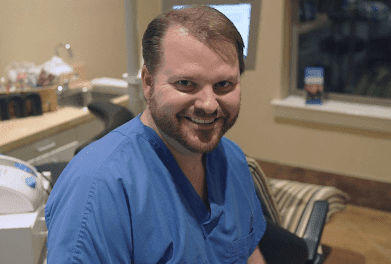
Dr. Martin is a highly skilled dentist of 16 years, and a graduate of Baylor College of Dentistry. During this time, he has placed over 500 implants and maintains his skills by taking more CE courses than required by the State Board each year.
